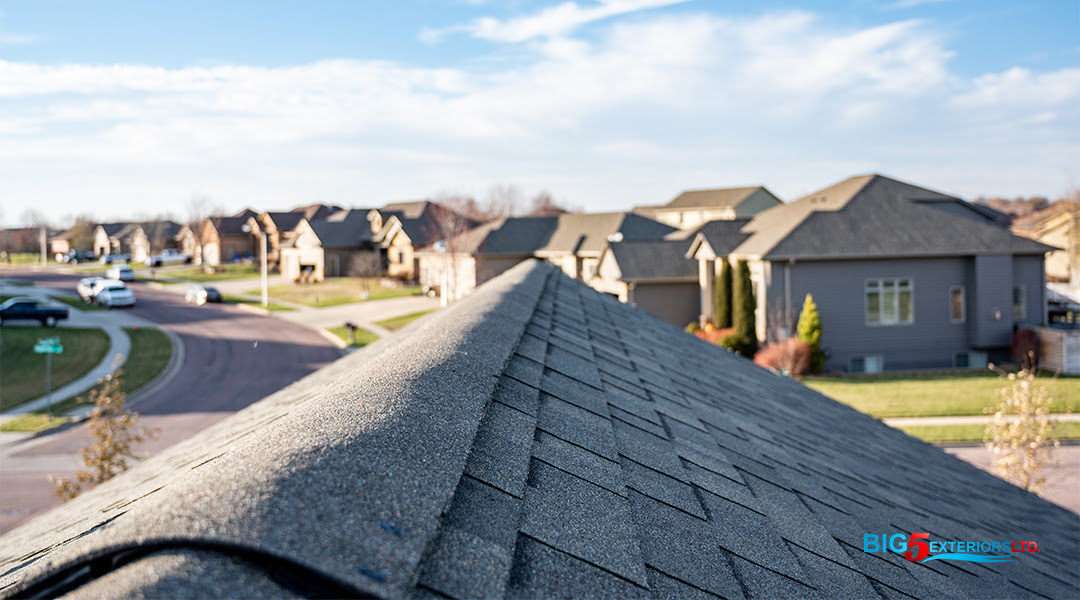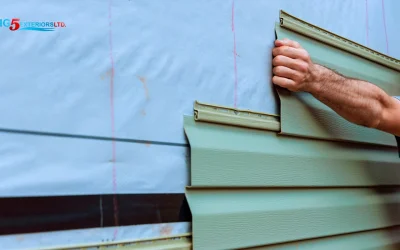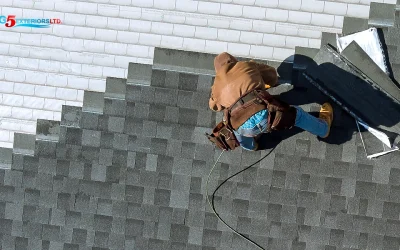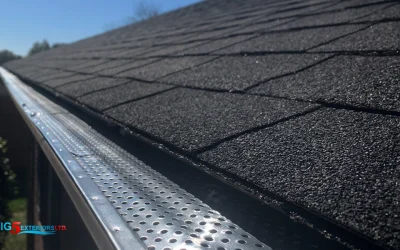Summary:
- Various shingle types, such as asphalt, metal, wood, rubber, and solar shingles, are discussed.
- Fiberglass asphalt shingles are suggested due to their affordability and durability, particularly.
- Wood shingles provide insulation but require frequent upkeep.
- Rubber shingles are a cost-effective option but may have limited style choices.
- Solar shingles are innovative but presently expensive.
A roof is easy to take for granted—until there’s something wrong with it. When the roof on your home is working properly, you’ll almost never think about it. But when the shingles on your roof become damaged, it can lead to widespread water damage throughout the rest of your home. That’s why choosing the right shingles for your roof is so important.
Not all shingles are the same, though—they come in a variety of materials, styles, and even colours. Before investing in a new roof, to help you find out the best kind of shingles for your roof, we’ve put together this handy guide. Learn all about your options below so you can choose the next shingles for your roof with confidence.
Other Helpful Resources
If you want to do some super interesting reading about your home’s exterior, also check out:
- Is Your Roof Saying That It’s Time For a Replacement?
- Vinyl Siding vs. Wood Siding vs. Hardie Board Siding vs. Stucco: Pros & Cons for Each
- Hail Season Can Damage Your Roof: Here’s What to Look For
What are the Different Types of Roof Shingles?
There are many different kinds of roof shingles, but most fall into a few different categories. Let’s take a look at each one and the different kinds of shingles it contains.
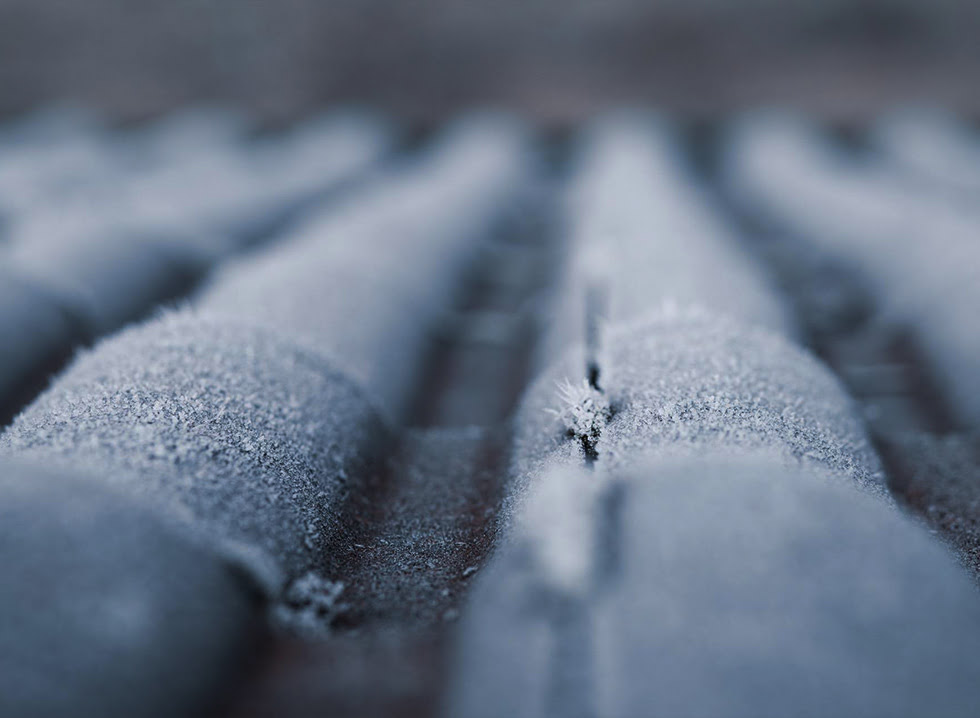
Asphalt Shingles
Most homes in the Calgary area use asphalt shingles of some kind, so we’ll spend most of this article focusing on those. Asphalt shingles provide an excellent balance of affordability, longevity, and ease of maintenance compared to other materials. They’re also better than many other materials at handling Alberta’s brief, warm summers and long, cold winters.
There are many types of asphalt shingles available. We focus on fibreglass asphalt shingles, but you may encounter a few others in your research:
- 3-Tab Asphalt Shingles are your standard roofing shingles. They’ve been around since the early 20th century. Most roofs with 3-tab shingles can be expected to last up to 30 years and withstand winds of up to 200 km/h. However, there are always exceptions—it depends not only on the particular brand of 3-tab shingles you use, but also on seasonal temperature shifts and other environmental factors over the years.
- Architectural Asphalt Shingles started to become more popular in the 1970s. Most homeowners find that these shingles provide a more attractive appearance for residential roofs, and they offer better resistance to high winds as well—up to 220 km/h for most varieties. All of our architectural shingles also come with a limited lifetime manufacturer’s warranty (plus our signature five-year installation warranty, of course), because architectural shingles generally last much longer than 3-tab shingles.
Fibreglass Asphalt Shingles are also used on Albertan homes. These shingles use a mat made from fibreglass instead of paper or other wood products. They can come in either 3-tab or architectural styles.
These are the only types of shingles we supply/install due to their ideal mix suitability for Calgary’s climate, longevity, and affordability.
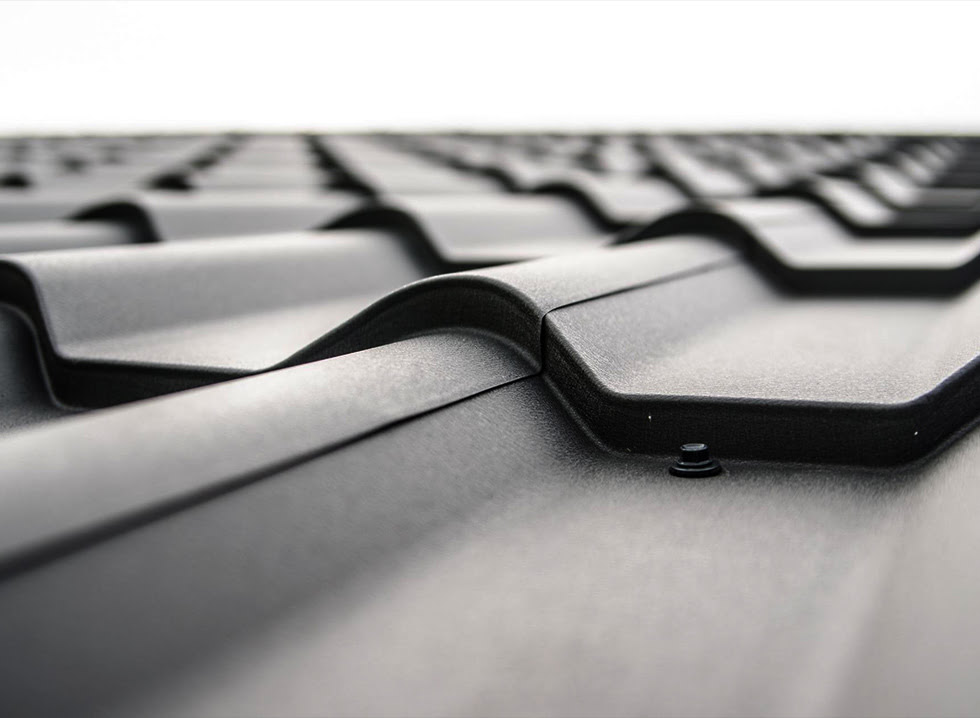
Metal Shingles
Some shingles use various metals instead of asphalt. We don’t supply/install metal shingles, but you may encounter them during your research! Generally, there are three different kinds of metal shingles:
- Steel Shingles are rarely used in Alberta, because they expand and contract during the province’s frequent seasonal temperature changes. As such, the fasteners for these shingles run a relatively high risk of wearing out over time and must be replaced frequently.
- Aluminum Shingles can be found on some Alberta homes, but aluminum is even more prone to expanding and contracting than steel is. So while aluminum shingles offer excellent wind and hail resistance, their fasteners will probably need to be repaired or replaced often.
- Copper Shingles are beautiful, but they’re also prone to expanding and contracting as temperatures shift. Furthermore, copper shingles do not buffer noise as easily as other materials, so they often need to have a layer of wood (or even standard asphalt shingles!) installed underneath. This makes copper shingles an expensive choice for roofing.
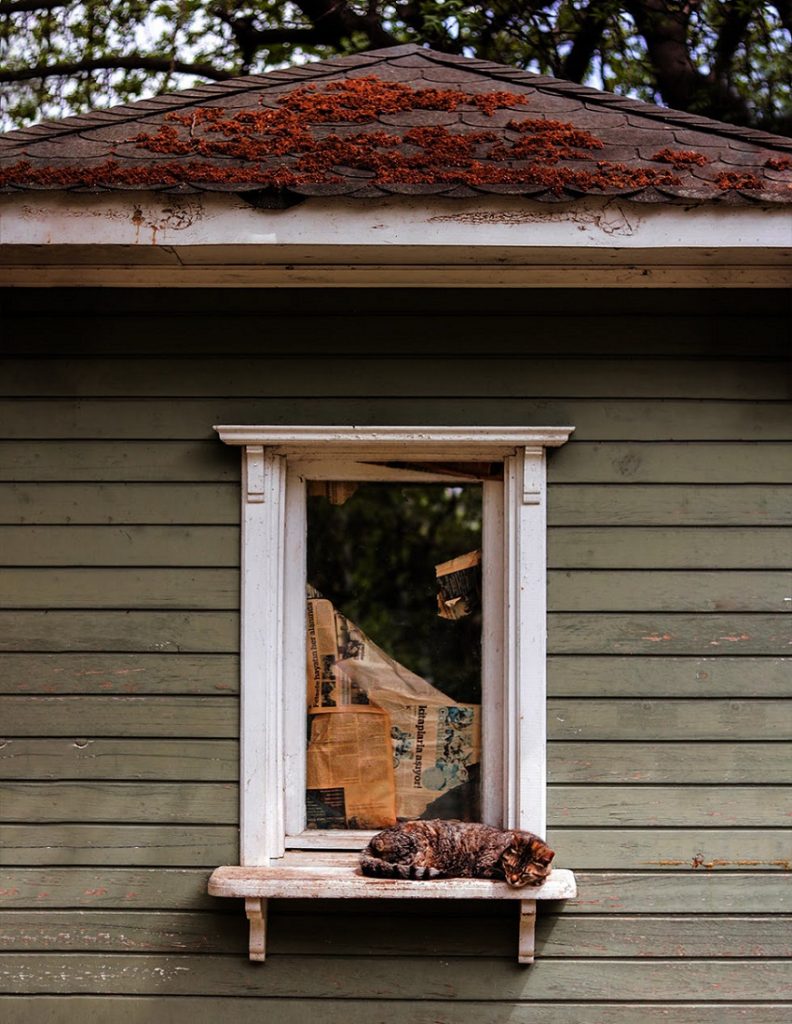
Wood Shingles
Shingles can also be made of wood, with cedar and teak being two of the most common varieties. In most cases, wood shingles offer above-average insulation and wind resistance.
However, wood shingles can be a pain for Alberta homeowners because they run the risk of rotting over time unless they are diligently and frequently maintained. They also make a more fertile breeding ground for mold and mildew.
Rubber Shingles
Shingles made from rubber tend to be lighter than other materials, making them relatively simple to install. They’re also long-lasting, naturally fire-resistant, and even cost-effective!
The downside to rubber shingles, of course, is that they tend to be—well, kind of ugly. Most people don’t want a roof that looks like it’s made from used car tires, and rubber shingles are very limited when it comes to colour and style options.
Solar Shingles
Solar shingles use relatively new technology to incorporate solar cells into your home’s roof, converting the sunlight that shines down on it into energy you can use to offset your utility costs. It’s an extremely cool concept—if only solar shingles didn’t cost so much at the point of purchase.
With up-front prices over 20x those of 3-tab asphalt shingles, solar shingles are still well beyond the reach of most buyers (and good luck getting an insurance claim for roof repairs that will cover them!).
In time, solar shingles might represent the best roofing option—but for now, the amount they help you save just doesn’t justify their cost in most cases. And that doesn’t even take into account the amount you’ll lose if your solar shingles get damaged by wind, hail, or any of the other crazy weather conditions that affect Alberta nearly every year.
What are the Pros and Cons of Asphalt Shingles?
When you consider the above, there are plenty of obvious reasons why asphalt is still the material of choice for most homeowners. Choosing asphalt gets you:
- A lower price point than metal, wood, or solar shingles
- A better look than rubber shingles
- Better durability than wood shingles
- Easier maintenance than wood or metal shingles
Asphalt shingles also offer more options for styles and colours than most other materials. This helps increase the curb appeal of your home and can help it fetch a better price if you’re trying to sell your house.
What Are the Most Common Shingle Colours?
In most cases, you’ll want to choose a colour for your shingles that complements your siding. If you’re not sure what to go with, neutrals are often a safe choice. Recently, we’ve had lots of customers choose asphalt shingles (either 3-tab or architectural) in the following colours:
- Brown—either light (like tan) or dark (like tree bark)
- Blue—navy blues can be elegant, while sky blues often look cute and quaint
- Green—in most cases, dark (forest) green provides the most refined appearance
- Off-white—beige or khaki can give your roof a fresh look without appearing clinical
Of course, there’s nothing wrong with black or dark grey, either—in fact, many people prefer these dark neutral tones for their simplicity and minimalism.
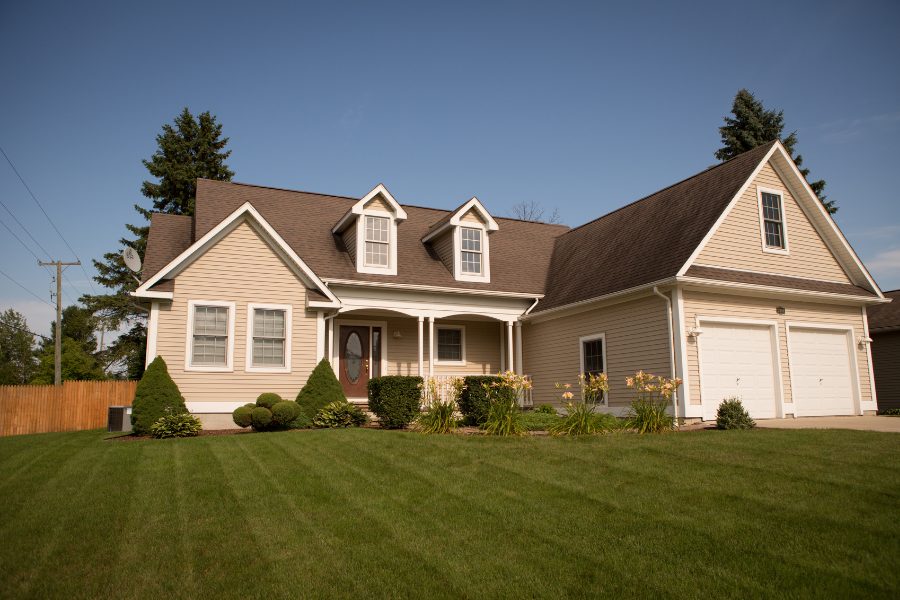
How Much Does it Cost to Replace Your Shingles?
Shingle replacement costs vary depending on the kind of materials you choose. Here’s a quick breakdown of what you’ll normally end up paying:
| 3-Tab Asphalt | $2.50–$3.50 per square foot |
| Architectural Asphalt | $3.50–$4.50 per square foot |
| Fibreglass Asphalt | $4.00–$5.00 per square foot |
| Steel | $3.00–4.00 per square foot |
| Aluminum | $3.00–$4.00 per square foot |
| Copper | $14.00–$22.00 per square foot |
| Wood | $3.50–$4.50 per square foot |
| Rubber | $4.00-$8.25 per square foot |
| Solar | Over $24.00 per square foot |
Note: these prices are an estimated range only. For an accurate quote on how much it will cost to replace the shingles on your specific roof, call Big 5 and speak with a qualified member of our team.
When Should an Asphalt Shingle Roof be Replaced?
Most asphalt shingle roofs should be replaced at least once every 20 years. However, they may need to be replaced sooner if the shingles suffer from:
- Missing granules (often characterized by light or dark spots on the shingles)
- Curling up from your roof
- Large amounts of mold, mildew, or moss
- Dents or breaks
Replacing your 3-tab asphalt shingles with architectural shingles is often a good idea, since architectural shingles are designed to last longer and withstand harsh conditions. Our architectural shingles carry a limited lifetime warranty and can generally be expected to last for 30 years or more (in the absence of natural disasters or major accidents).
Learn More about Replacing Your Roof
Many different types of shingles exist, but only a few are likely suitable for your roof. Learn more about the materials that will protect your home best by contacting us today and speaking with a member of our team who can answer your questions.

